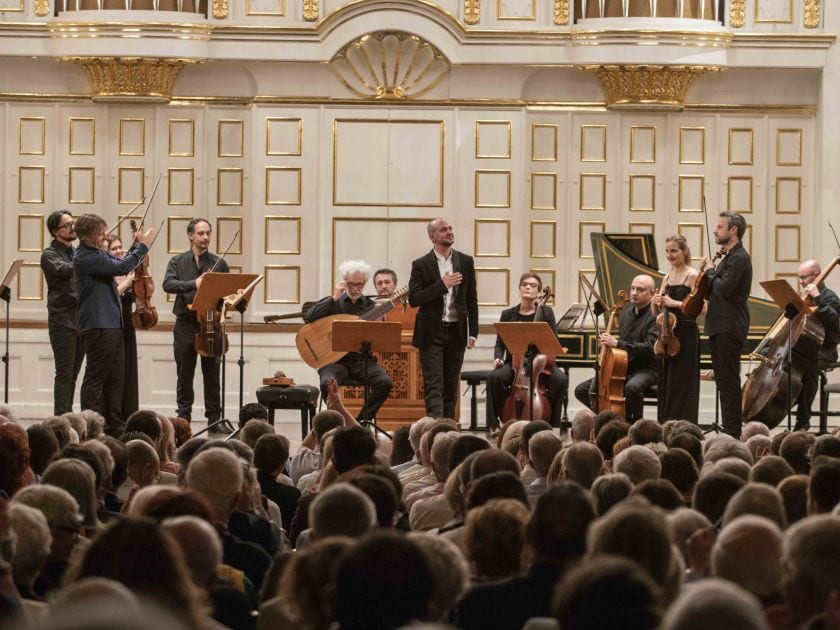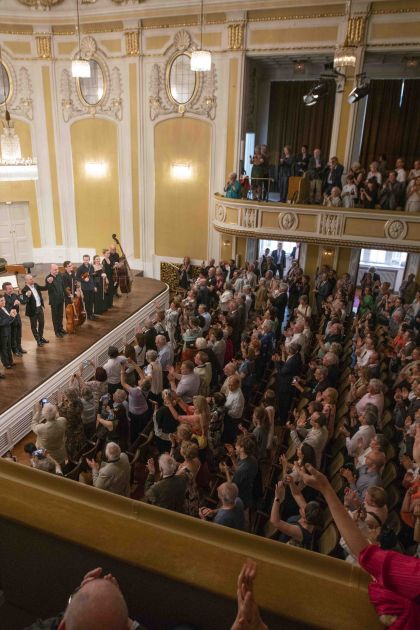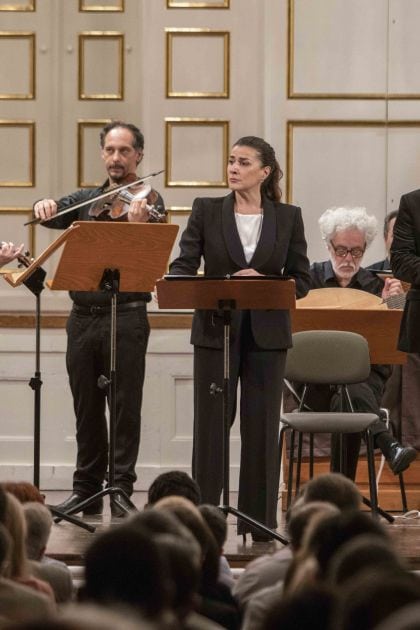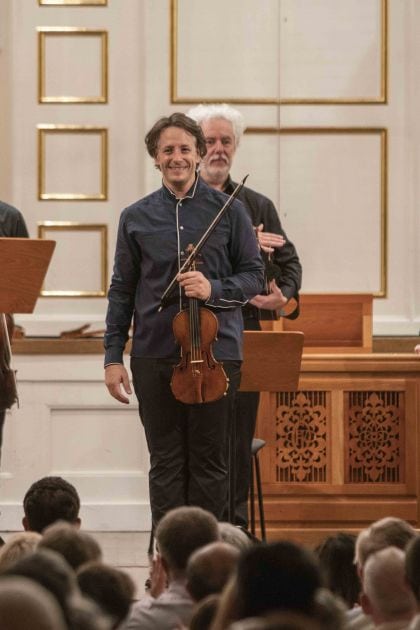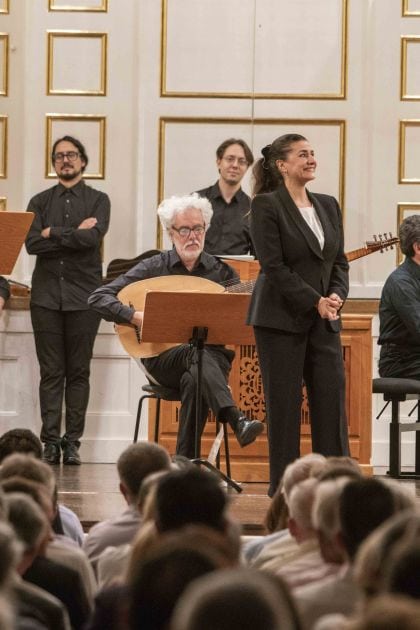In 1735, a young but extraordinarily successful opera composer (with both comic and serious works to his name) had to break off his career after only four years in order to convalesce. He withdrew from Naples to the nearby spa town of Pozzuoli, but to no avail: a few months later, in March 1736, Giovanni Battista Pergolesi died there of tuberculosis aged only 26. Composed in the Franciscan monastery where he would later be buried, the famous Stabat Mater is considered his swan song. The work, which sets a medieval poem depicting the suffering of the Virgin Mary during the crucifixion of Jesus for the ethereal voices of two castrati, grew to be a frequently reprinted classic on account of its moving simplicity and the immediacy of its emotional expression, which at the time was novel and bold. With his melodic gifts, Pergolesi developed a cult following that led to innumerable counterfeit works, and the facts and fictions of his short biography, as well as genuine and misattributed compositions, could only be separated in the 20th century. The fascinating allure of Pergolesi’s Stabat Mater, however, remains unbroken: two angelic voices bring its score to life — in memory of the ‘angelico maestro’, an admiring moniker later bestowed on the composer by Vincenzo Bellini.

